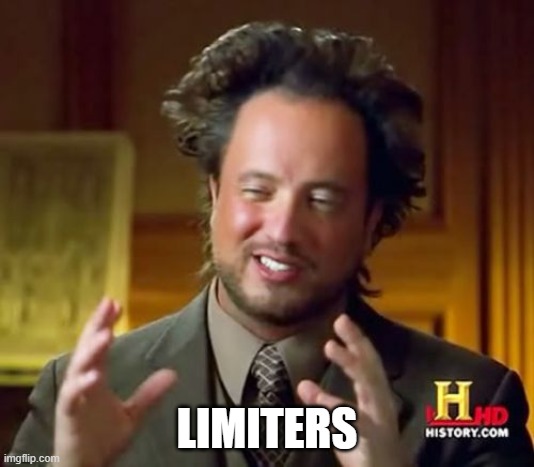- Bojutsu – Bojutsu is a martial arts style focused on the long staff (i.e. Bo).
- Canne de Combat – Canne de Combat is a French martial arts that focuses on a sports version of cane fighting.
- Eskrima – Philippine martial arts focused on stick fighting. This Filipino martial arts is also known as Arnis and Kali.
- Fencing – Fencing today is mainly an Olympic-style sport. However, there is a sub-style called historical fencing which focuses on fencing as a martial arts.
- Gatka – Gatka is an Indian martial arts focused on weapons, especially swords.
- Gungsol is a Korean martial arts focused on archery.
- Haidong Gumdo – Haidong Gumdo is a Korean martial arts focused on sword techniques. It contains elements similar to Kenjutsu and Iaido.
- Hanbojutsu – This Japanese martial arts focuses on the Hanbo (a 3 foot wooden staff).
- HEMA – Historical European Martial Arts – HEMA (Historical European Martial Arts) refers to mainly sword-based martial arts based on techniques used in Europe from around the 1300s to the 1800s.
- Iaido – Iaido is a Japanese martial arts focused on the drawing of a sword (bokken, iaito or shinken) from its scabbard. This martial arts relies heavily on katas (forms) and does not utilize sparring.
- Iaijutsu – Iaijutsu is the combat version of Iaido.
- Itto-Ryu – Itto-Ryu is a Japanese martial arts focused on the sword. There are many sub-styles of Itto-Ryu and this martial arts had significant influence on the development of modern Kendo.
- Jojutsu – Jojutsu is a Okinawan/Japanese martial arts focused on the shorter Jo staff.
- Jukendo – Jukendo is a Japanese martial arts focused on the bayonet.
- Keijojutsu – Keijojutsu is a Japanese martial arts focused on police stick fighting (batons).
- Kendo – Kendo is a Japanese martial arts style focused on sword fighting (i.e. Bokken and Katana).
- Kenjutsu – Kenjutsu is a Japanese martial arts style focused on sword techniques. In contrast to Kendo, Kenjutsu is less focused on sparring.
- Kobudo – A Japanese (Okinawan) martial arts focused on weapons training. Weapons used include the bo staff, sai, tonfa and nunchaku.
- Krabi-Krabong is a weapon-based martial arts from Thailand. The primary weapons used in this martial arts are the sword (krabi) and staff (krabong).
- Kumdo – Kumdo is a Korean sword-based martial arts which is similar to Kendo.
- Kyudo – Kyudo is a Japanese martial arts style focused on archery.
- Mau Rakau – Mau Rakau is a weapons-based martial arts developed by the Maori of New Zealand.
- Naginatajutsu – Naginatajutsu is a Japanese martial arts style focused on the long pole weapon known as the Naginata.
- Nunchaku Do – Nunchaku Do is a martial arts focused on the sports usage of the Nunchaku (Nunchucks).
- Shintaido – Shintaido is a hybrid martial arts that combines Karate, Kenjutsu and Bojutsu with spiritual and mediation elements.
- Silambam – Silambam is an Indian martial arts focused primarily on staff fighting.
- Siljun Dobup is a sword-based martial arts based on a fusion of Japanese and Korean traditions.
- Singlestick – Singlestick is an ancient English martial arts. Students use a wooden rod with basket handle in order to practice sword fighting techniques.
- Sojutsu is a Japanese martial arts that focuses on spear fighting. This martial arts is also known as Yari Jutsu.
- Tahtib – Tahtib is an Egyptian martial arts focused on stick fighting. Students generally train with a 4 foot wooden stick.
- Taiho Jutsu – Taiho Jutsu is a Japanese martial arts that was originally designed to help feudal police arrest armed criminals.
- Tessenjutsu – Tessenjutsu is a Japanese martial arts based on the use of Tessen (war fans).
- Yabusame – Yabusame is a Japanese martial arts focused on archery while mounted on horseback.
- Yamanni-Ryu – Yamanni-Ryu is a Japanese martial arts that focuses on training with Okinawan weapons (Kobudo).
- Zulu Stick Fighting – Zulu stick fighting (or Nguni stick fighting) is a South African weapon-based martial arts. This martial arts uses one stick for attack and one stick for defense. Some forms of this martial arts also use a shield for defense.
And as you can tell this list is primarily Eastern martial arts, not to mention that under the HEMA category you have French styles of the all the weapons, German styles, British Styles, then you have things developed for naval vessels, Roman styles, Egyptian Styles, Arabic Styles,

